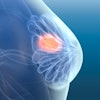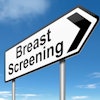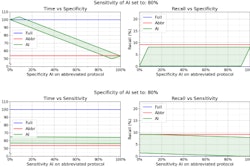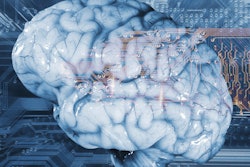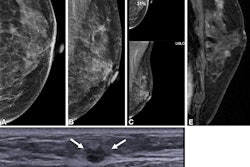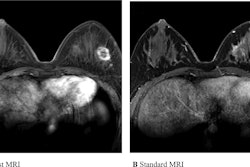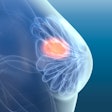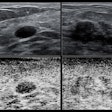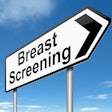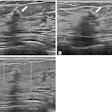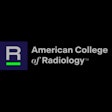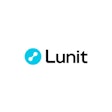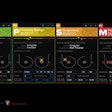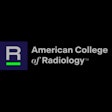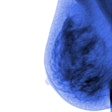Using AI with mammography can help select women at high risk of breast cancer for supplemental MRI, according to research published February 4 in Radiology.
A team led by doctoral candidate Suzanne van Winkel from the Radboud University Medical Center in Nijmegen, the Netherlands, found that a commercially available AI system successfully identified high-risk women for breast MRI in an intermediate-risk study population, including women with occult cancers on mammography.
“AI selection of women with intermediate risk for supplemental MRI screening has the potential to reduce screening burden and costs while maintaining a high cancer detection rate,” the van Winkel team wrote.
Women at high risk of breast cancer, such as those with a personal history or family history of the disease or those with dense breasts, may be recommended for supplemental imaging. However, access to MRI can be limited for some women.
Van Winkel and colleagues suggested that selecting women for MRI by assessing their mammograms could make way for screening that effectively uses resources in breast imaging facilities and hospitals.
Using a retrospective dataset, they explored the feasibility of using an AI system (Transpara version 1.7.0, ScreenPoint Medical) for breast cancer detection on 2D mammograms to triage women with an assumed intermediate breast cancer risk for supplemental MRI. The team also investigated whether patient factors influenced the chance of a false-negative AI result. The AI system provided a case-based score that ranked the likelihood of malignancy on a scale of 1 to 10.
The study included data from 760 women with an average age of 48.9 years. From these women, the study also included data from 2,819 combined screening exams, from which 37 breast cancers were detected.
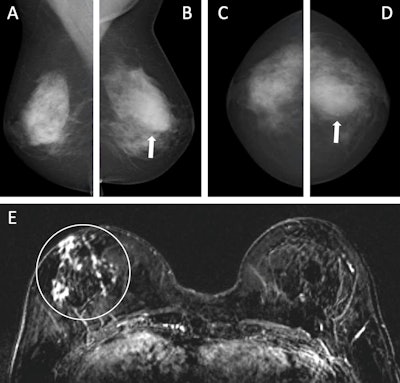 Images depict a 55-year-old woman with a family history of breast cancer who underwent combined mammography and MRI screening. (A) Right and (B) left mediolateral oblique and (C) right and (D) left craniocaudal mammograms show a large known cyst in the left breast (arrow in B and D), but were otherwise assessed as being unremarkable. Breast tissue was judged to be extremely dense. (E) Concurrent axial subtraction MRI scan shows a large, diffuse, invasive lobular cancer (circle) in the right breast. The AI system provided a case-based cancer suspicion score of 8 on a scale of 0-10, which would have led to selection for MRI screening using both the score 5 and score 8 thresholds, but not the score 9 threshold.RSNA
Images depict a 55-year-old woman with a family history of breast cancer who underwent combined mammography and MRI screening. (A) Right and (B) left mediolateral oblique and (C) right and (D) left craniocaudal mammograms show a large known cyst in the left breast (arrow in B and D), but were otherwise assessed as being unremarkable. Breast tissue was judged to be extremely dense. (E) Concurrent axial subtraction MRI scan shows a large, diffuse, invasive lobular cancer (circle) in the right breast. The AI system provided a case-based cancer suspicion score of 8 on a scale of 0-10, which would have led to selection for MRI screening using both the score 5 and score 8 thresholds, but not the score 9 threshold.RSNA
Using AI at mammography achieved an area under the receiver operating characteristic curve (AUROC) of 0.72 for the entire intermediate-risk population and an AUROC of 0.81 for women with prior breast cancer.
The researchers also analyzed breast cancers detected by AI for different recall thresholds. An AI score of five indicated about 50% of women recalled, a score of 8 indicated about 20% of women recalled, and a score of 9 indicated about 10% of women recalled.
Using a threshold score of 5, 31 of the total breast cancers (84%) were detected, including 13 of 19 (68%) mammographically occult cancers, for a supplemental breast MRI rate of 50% (1,409 of 2,819 exams).
Finally, the team observed no significant association between breast density or age and the probability of a false-negative AI result.
The study authors highlighted that using AI in this manner could improve screening results while also reducing unnecessary costs.
“The use of AI might also reassure patients in cases where the radiologist and AI results agree that screening results are negative, which could potentially reduce the demand for breast MRI,” they concluded.
The full study can be found here.
